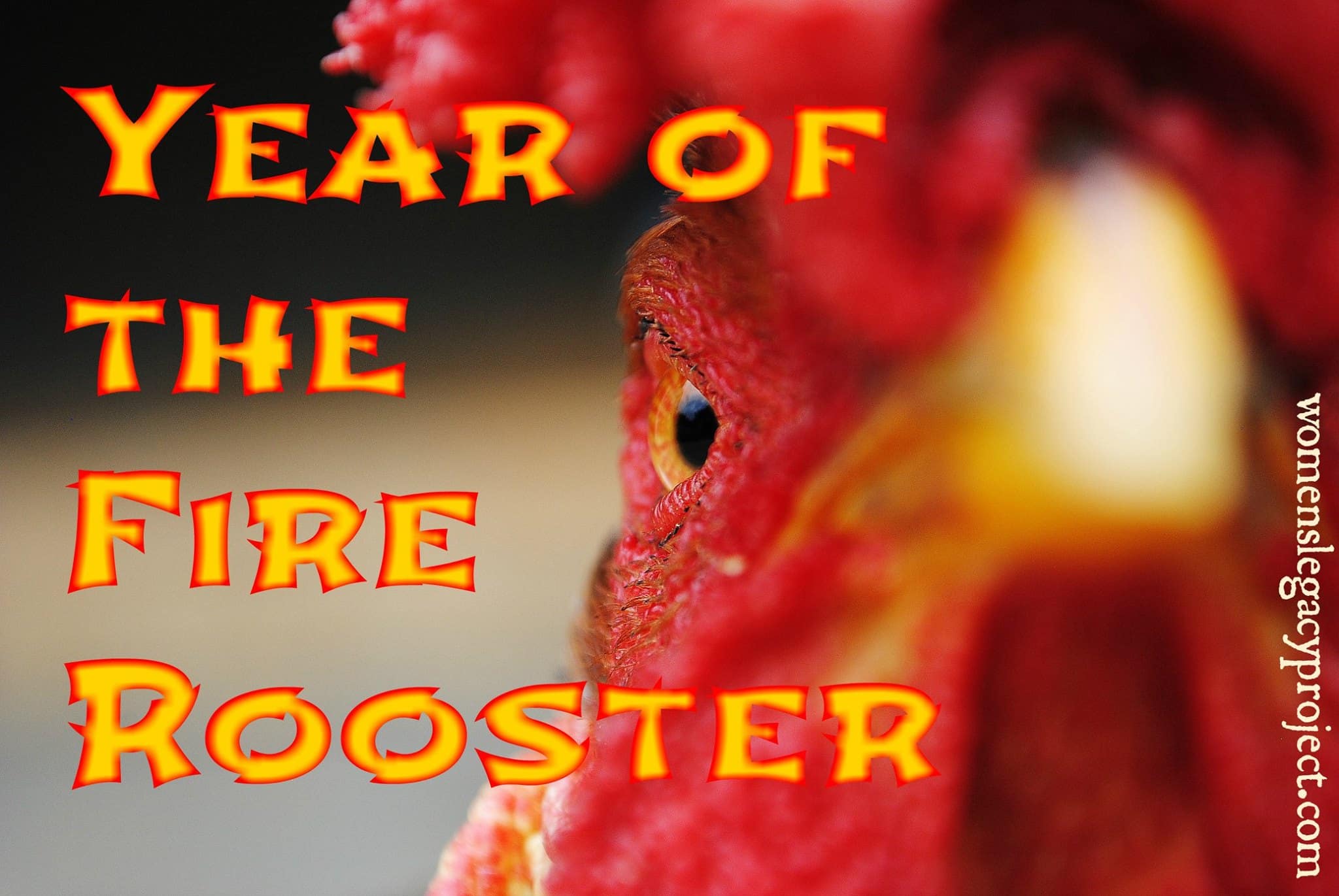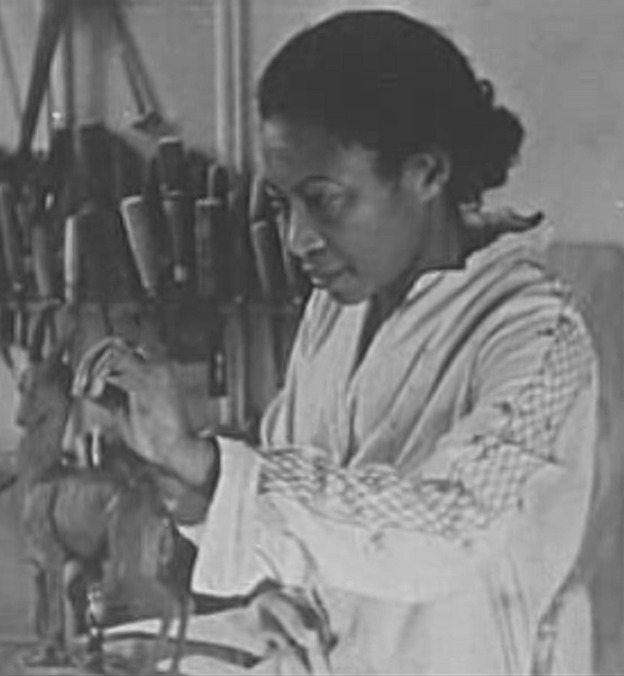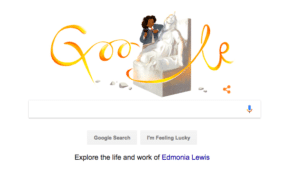Female Connections to February
This month, February 2017, continues a several month-long streak of heightened, and potential, change as well as challenge for women, societal interactions and perceptions. This is true, dear reader, no matter where you fall into or upon any political spectrum. The only political opinion expressed here is that “not to make a decision is to make a decision.” Laying low is not opting out of discourse. It is support of the status quo, the people in power, the way things are. I was taught this by a woman I worked with at Purdue long, long ago, whose name may have change by now. She often said, crediting her father, that:
Not to make a decision is to make a decision.” — Mary Barger Briand (nee Barger Drapé)
Events in the U.S. in the last few months will continue to shift attitudes, actions, laws and norms concerning pay scales, business formation, education, healthcare, and every other practice within the sphere of women’s lives.
Role models, informative examples, do more than inspire. They guide. It is our intention that this month’s collection of women and women-related topics will inspire, but will also guide. This is especially important as we prepare for Women’s History Month and International Women’s Day.
So this year as always women must construct a strong present upon which to build the future , especially in this cock-sure year.

Celtic Groundhogs
Cailleach, a Gaelic/Celtic Goddess arrives as a crone at Samhein, after the Harvest has her last flurry of activity around Imbolc, Candlemas, or Groundhog Day which all fall at or near the mid-point between the Winter Solstice and the Vernal Equinox. Contemporary Earth-centered religions call it a “cross quarter holiday” which denotes it is a midpoint date between a solstice and an equinox. Folk belief states that if Cailleach is out and about, and can be seen gathering firewood for the remainder of Winter, then Winter will continue on for a long while. If the day is rainy, or dreary and damp, she cannot gather firewood and Winter will not last much longer.
The hut of Cailleach Bheur by SylvanSmith on DeviantArt
 The connections between the early February holidays seem obvious to me; so I suggest we rename the famous groundhog, Punxsutawney Phil, Punxsutawney Philomena. Groundhog day is February 2nd. Imbolc, the currently favored name, denoting something about ewe’s milk, for Pagans celebrating this midpoint is February 2nd this year. Candlemas, also celebrated on February 2nd is when Mary would have had purification rites, 40 days after Jesus’ birth. These observances to me are all interconnected. The ending of Winter was a heavy constant on the minds of early sedentary or agrarian peoples, reserves are low if not depleted, and the Spring with its light and promise of food is only a few days to a few weeks away.
The connections between the early February holidays seem obvious to me; so I suggest we rename the famous groundhog, Punxsutawney Phil, Punxsutawney Philomena. Groundhog day is February 2nd. Imbolc, the currently favored name, denoting something about ewe’s milk, for Pagans celebrating this midpoint is February 2nd this year. Candlemas, also celebrated on February 2nd is when Mary would have had purification rites, 40 days after Jesus’ birth. These observances to me are all interconnected. The ending of Winter was a heavy constant on the minds of early sedentary or agrarian peoples, reserves are low if not depleted, and the Spring with its light and promise of food is only a few days to a few weeks away.
Unlike the coming of Winter, when the goddess enters as an old woman, the coming of Spring, when the crone leaves, finds her more youthful, ready for the Spring and rebirth. She mirrors the cycle of seasons, or the Wheel of life, and the role of women to bring new life to the world even as they age. Cailleach inspires. Imbolc and Cailleach go hand in hand along with Saint Brigit and the Goddess Brigit. Some say that Imbolc is the celebration of Goddess recovering after giving birth to the God. As stated in The Right and the Wrong of Imbolc The Saint and the Goddess continue to intermingle into the present day. I suspect this is one more example of the covering or layering of Christian observations (Candlemas), not the creation of Candlemas, over indigenous ritual celebrations so as to supplant the Old Gods and Goddesses of a region.
No matter what you believe, Spring is coming. And Spring is female.
Votes and Valentines
Leap years, as defined by the presence of a 29th day in February take a bit of the splash of Valentines Day away as the neatest thing about February. But there is no Leap Day this year. So one of this year’s coolest things in February is the anniversary of the Utah Territory giving women the vote on February 12, 1869. What a great lead up to how on February 14th, perhaps we should celebrate the far seeing non-partisan, League of Women Voters that was founded founded February 14, 1920, six months before the 19th amendment was passed, rather than a martyred man (St. Valentine.) And while we are at it, let’s work in one of the incredibly important things that happened 50 years ago on February 14th. Aretha Franklin recorded Respect at Atlantic Records Studio, New York City: February 14, 1967
https://youtu.be/7kDGi8gYS18
So, yes, I am advocating to make Respect by Aretha a central part of any and every Valentines Day celebration.
There is more advocacy in which we need to engage. The next Leap Year will take lots and lots of extra planning and celebration as 2020 will be the 100th Anniversary of women gaining the right to vote with the passage 19th Amendment.
The following video of a panel discussion familiarizes us with some of the types of organizations who already are involved in the 100th anniversary of women’s suffrage.
Page Herrington’s panel, Women’s History on the Horizon: The Centennial of Woman Suffrage in 2020.
So let us continue on in these women-centric Celtic and political discussions.
Last year I featured Augusta Savage in my February post. Was I on top of it or what? This year Google featured another female sculptor, Edmonia Lewis, for the first day of Black History Month. I like women being included, featured, and celebrated!
Was I on top of it or what? This year Google featured another female sculptor, Edmonia Lewis, for the first day of Black History Month. I like women being included, featured, and celebrated!

Augusta Savage was born Augusta Christine Fells on Leap Day, February 29, 1892. Her passion for sculpting emerged early in childhood. To say that her minister father did not encourage this pursuit is a complete understatement. But despite her father’s physical punishment for crafting graven images as a child in her small town Florida home, the family’s move to West Palm Beach, Florida allowed her to study and teach art after her father softened his stance. After her husband’s death shortly after the birth of their only child, and a move back in with her parents, she moved to New York to pursue her study of art. Keeping her second husband’s name, she was one of the influential artists in the Harlem Renascence and won many significant commissions. She also waged personal battles against racism to call attention to and eventually shatter barriers for those who followed. In 1934 Augusta Savage became the first black member of the National Association of Women Painters and Sculptors.
More Women of February
Ursula Nordstrom
Born February 1, 1910, Nordstrom edited many of the classic children’s books of the mid-20th Century such as Margaret Wise Brown’s Goodnight Moon, E.B. White’s Charlotte’s Web and Stuart White, Shel Silverstein’s The Giving Tree, Maurice Sendak’s Where the Wild Things Are, and Elsie Minarick’s “I Can Read Books.”
Andre Norton
The “Grand Dame of Science Fiction and Fantasy” authored “more than 130 novels, nearly 100 short stories and numerous anthologies that Ms. Norton edited in the science-fiction, fantasy, mystery and western genres…” NY Times March 18, 2005
Elizabeth Key
Please do not forget to feature women in any Black History Month writings you may do. Elizabeth Key was the first woman in The Colonies to legally win her freedom and whose case was then used against slaves and free persons to enslave more people based solely on their skin color or their parents’ skin color. Elizabeth’s story is critical to understanding that judicial rulings can take long-established rights away from individuals, and groups of people, as well as establish them.
Finally, let me mention one last link that taught me a bit more about women in black history as I searched for info to update this year’s February “writing prompts” post. No, make that two more links.
Leave a Reply